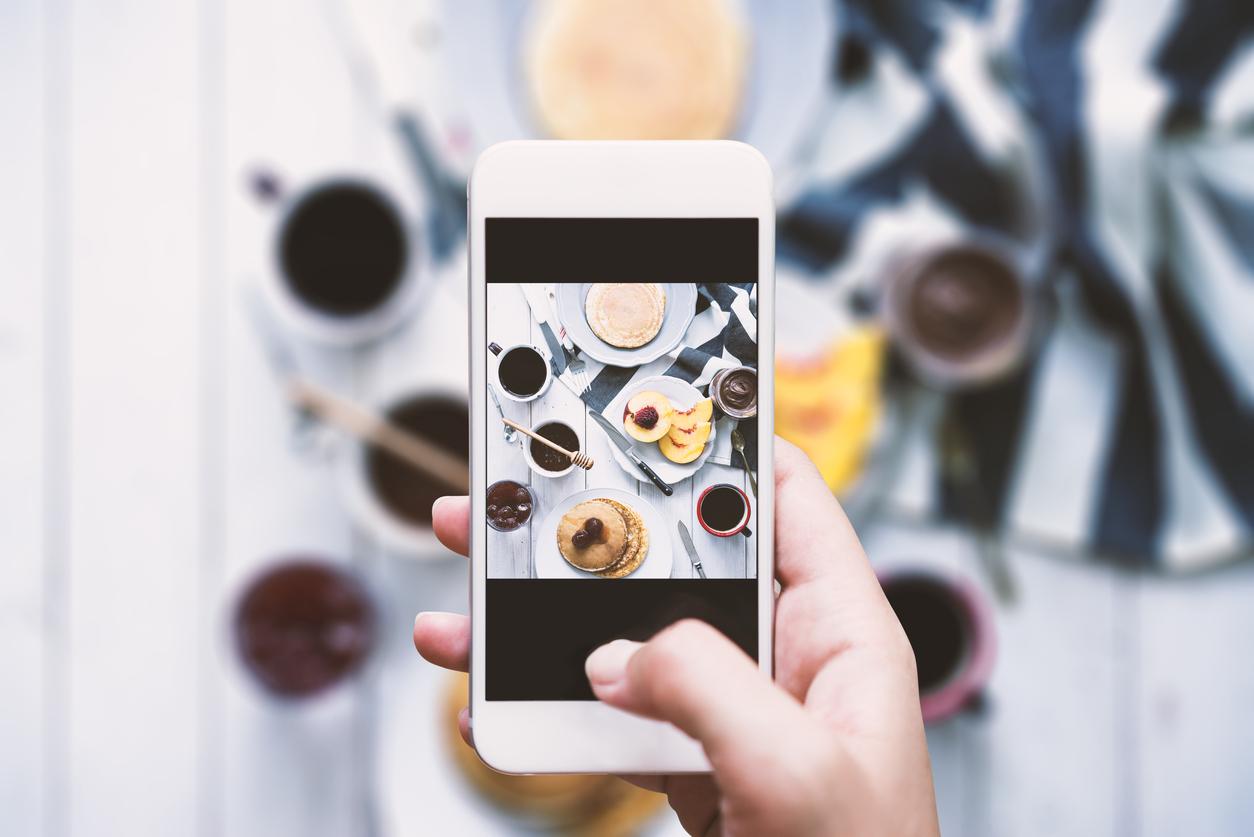Instagram users are setting up 'pods' in order to gain more followers and drive up likes
But, how do they work?

Your support helps us to tell the story
From reproductive rights to climate change to Big Tech, The Independent is on the ground when the story is developing. Whether it's investigating the financials of Elon Musk's pro-Trump PAC or producing our latest documentary, 'The A Word', which shines a light on the American women fighting for reproductive rights, we know how important it is to parse out the facts from the messaging.
At such a critical moment in US history, we need reporters on the ground. Your donation allows us to keep sending journalists to speak to both sides of the story.
The Independent is trusted by Americans across the entire political spectrum. And unlike many other quality news outlets, we choose not to lock Americans out of our reporting and analysis with paywalls. We believe quality journalism should be available to everyone, paid for by those who can afford it.
Your support makes all the difference.Instagrammers are setting up secret groups called ‘pods’ in a bid to pull in followers and boost their visibility.
Last year, the app changed its algorithm - to the frustration of many users - doing away with a feed shown in chronological order and instead, bringing you what you, supposedly, wanted to see.
As a result, people found that they were beginning to lose engagement and decided to come up with a new technique to essentially hack the system. Enter, Instagram pods.
So how do they work?
Essentially, these pods are groups of like-minded creatives who agree to comment and like each other’s work with the hopes that it will boost the posts visibility to other users, Racked reports.
For example, Instragrammers who have an interest in interior design could choose to join a pod based on a particular style, brand or colour that fits with their content.
But, because of the way Instagrammers believe the algorithm works, most of these pods come with their own set rules.
These include things like having to share the post with other pod members as soon as it goes up, so that they have time to comment.
Comments on posts are not allowed to be emojis, and should be more than three words.
Preferably, a decent Instagram pod should also be made up of people whose content is alike. This is because in order to make a real impact, they need to create true or “meaningful” engagement.
Of course, some remain sceptical of the pods’ ability to really make a difference but most members see good results and continue to believe that any kind of engagement will have a positive impact.
But, while spawning this new area of collaboration helps bloggers, the same can’t be said of its effect on brands.
These days many companies employ Instagrammers to help promote their products and measure the success of this collaboration on how many likes or comments that post might get.
That being said, if the user they employ to promote the product is part of an Instagram pod, most of the engagement it receives will actually be from other bloggers who aren’t genuinely interested in it.
Naturally, this is bad for brands because it means that the data they collect on how popular a product is could be completely inaccurate.
Join our commenting forum
Join thought-provoking conversations, follow other Independent readers and see their replies
Comments